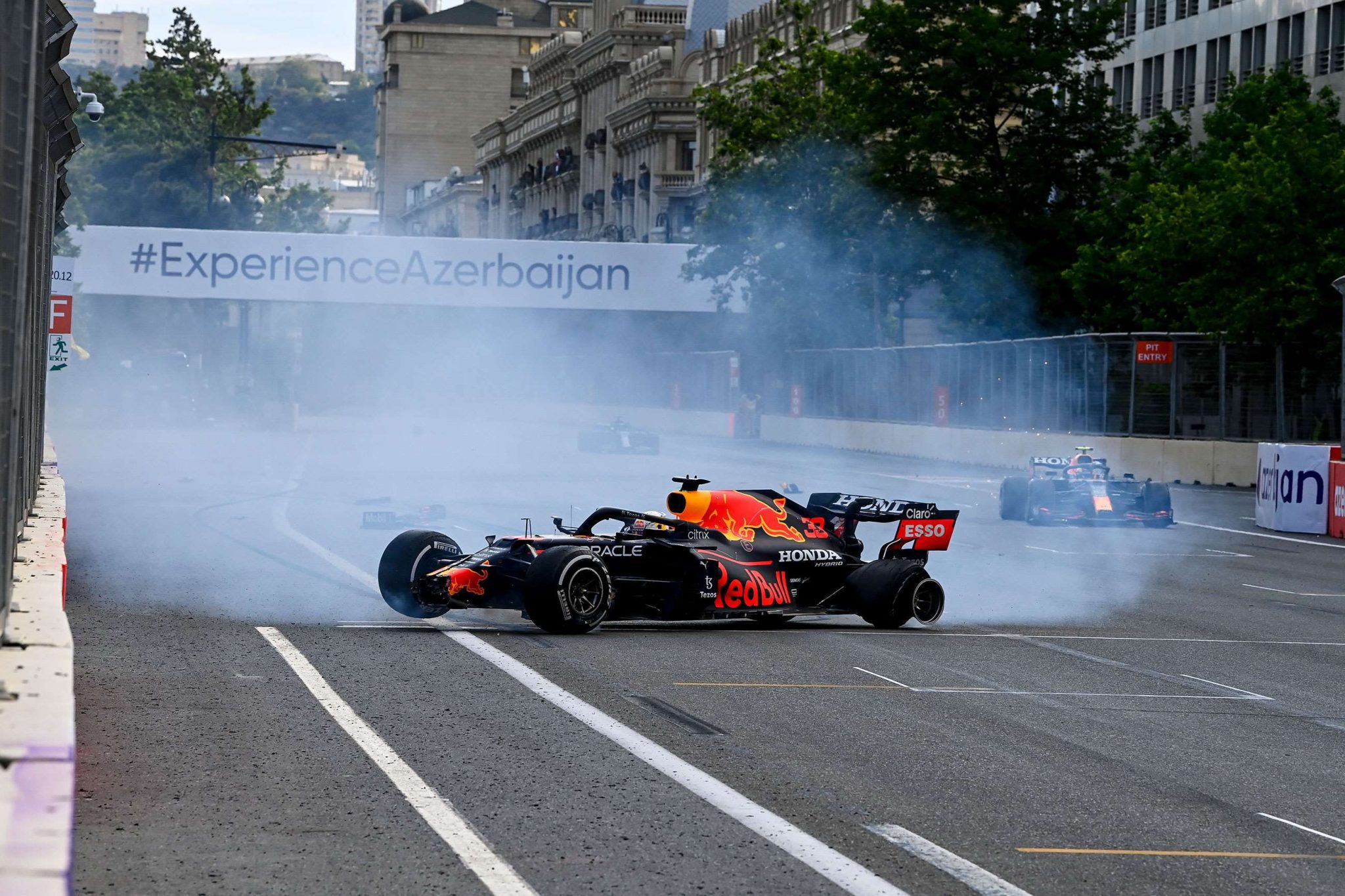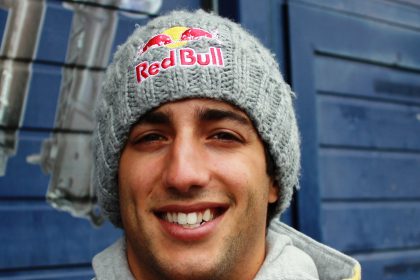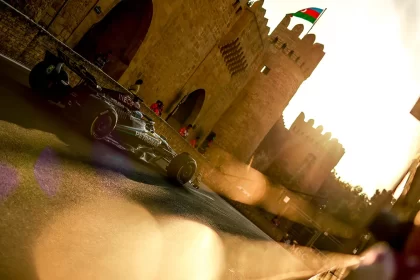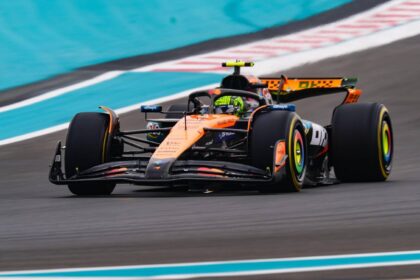The Romance and the Ruin: Why We’re Still Arguing About Street Circuits
Let’s get one thing straight: if you’ve ever watched a Formula 1 car thread the needle between the ancient walls of Baku or dance through the glitz and hairpins of Monaco, you’ve witnessed both the sport’s poetry and its paradox. Street circuits are the sport’s most divisive love affair—one that, in 2025, is threatening to turn into a messy divorce.
- The Romance and the Ruin: Why We’re Still Arguing About Street Circuits
- The Allure of Asphalt: Why Street Circuits Seduce Us
- Monaco: The Jewel That’s Lost Its Shine?
- Baku: The Modern Mayhem Machine
- The Numbers Don’t Lie: Overtaking, Drama, and the Dreaded Procession
- The Critics: “Street Circuits Are Killing Formula 1”
- The Defenders: “It’s About the Challenge, Not Just the Show”
- The Modern Dilemma: Too Many Streets, Not Enough Racing?
- Safety First? Or Last?
- The Verdict: Ban Them, Fix Them, or Find a Balance?
- Waste a Bit More Time
The question is as old as the first time a driver clipped a barrier in Monte Carlo: Should Formula 1 ban street circuits? Or, to put it less dramatically, have we reached the point where the spectacle is killing the sport? Today, we’ll take a hard look at the two most emblematic examples—Baku and Monaco—and ask whether it’s time to put the brakes on racing in the streets.
The Allure of Asphalt: Why Street Circuits Seduce Us
There’s a reason the Monaco Grand Prix is still the only race your grandmother might have heard of. The glamour, the yachts, the casino, the impossibly tight corners—Monaco is Formula 1’s annual masquerade ball, where the world’s fastest cars tiptoe through a city that was never meant for them. The Baku City Circuit, meanwhile, is the brash new kid: a six-kilometer ribbon of chaos, slicing past medieval walls and Soviet-era apartment blocks, with a straight so long you could land a small aircraft on it.
Street circuits offer something permanent tracks can’t: the sense that the world has stopped, just for a weekend, to let the gladiators play. The backdrop is real life—offices, shops, history—transformed into a stage for speed and danger. As one fan put it on Reddit:
“Qualifying in Monaco is a yearly reminder that these are the best drivers in the world. Incredible scenes in qualy at that track.”
patrickeg
But the romance comes at a price.
Monaco: The Jewel That’s Lost Its Shine?
Let’s not kid ourselves. Monaco is a relic. The cars have outgrown the track, and overtaking is about as likely as finding a parking spot in Monte Carlo on race day. The statistics are damning: Monaco regularly produces fewer than five on-track overtakes per race. The last time the race was truly unpredictable was 1996, when only three cars finished and Olivier Panis won in a Ligier—a result so improbable it’s still whispered about in the paddock like a ghost story.
Yet, every year, the world tunes in. Why? Because Monaco is the ultimate test of precision. One mistake, and you’re in the wall. The qualifying session is electric, a high-wire act where the best drivers show their mettle. As another fan noted:
“Monaco can be boring but that race isn’t going anywhere because of the heritage it has. The one thing that I think most all of us can agree on is qualy at Monaco producing one of the best qualy sessions each year.”
jg2605
But is heritage enough? In 2018, Daniel Ricciardo won with a wounded car, missing two gears and 25% of his power. He simply parked his Red Bull in front and dared anyone to pass. No one could. The spectacle was in the suffering, not the racing.
Baku: The Modern Mayhem Machine
If Monaco is a chess match, Baku is a bar fight. Since its debut in 2016, the Azerbaijan Grand Prix has delivered more chaos per kilometer than any other race on the calendar. The circuit’s design is a contradiction: a medieval castle section so narrow you’d struggle to fit a Fiat Panda, followed by a straight so long and fast it makes Monza blush.
The result? Overtakes galore, safety cars, and the kind of unpredictability that makes bookmakers weep. In 2017, Sebastian Vettel rammed Lewis Hamilton under the safety car. In 2018, the Red Bulls took each other out. In 2021, Verstappen crashed from the lead due to a tire failure, and Hamilton threw away a win by accidentally flicking the wrong switch. Baku is the anti-Monaco: you can win from anywhere, lose everything in a heartbeat, and the only certainty is uncertainty.
As one Quora user put it:
“Baku city circuit (Azerbaijan) and Marina Bay Circuit (Singapore) are one of the most challenging, beautiful and cheeky tracks in terms of racing, as overtaking is possible even though the circuit have cheeky twists and turns all around. Monaco circuit sucks. A driver can even win the race in Monaco if his 7th and 8th gears [are gone] because overtaking is near to impossible.”
The Numbers Don’t Lie: Overtaking, Drama, and the Dreaded Procession
| Feature | Monaco GP | Baku GP (Azerbaijan) |
|---|---|---|
| First F1 Race | 1950 | 2016 (as European GP), 2017 as AZE |
| Circuit Type | Tight street circuit | Fast street circuit |
| Circuit Length (2024) | 3.337 km | 6.003 km |
| Laps (2024) | 78 | 51 |
| Most Wins (Driver) | Ayrton Senna (6) | No repeat winner (as of 2023) |
| Most Wins (Constructor) | McLaren (15) | Red Bull (4) |
| Overtaking | Very low | Very high |
| Notable Controversies | Qualifying blocks, pit errors | On-track collisions, tire failures |
| Notable Races | 1982, 1992, 1996, 2016 | 2017, 2018, 2021 |
Monaco is about qualifying and track position. Baku is about survival and seizing the moment. One is a museum piece; the other, a rollercoaster.
The Critics: “Street Circuits Are Killing Formula 1”
Not everyone is seduced by the city lights. In fact, the backlash is growing. A recent YouTube video, bluntly titled “Street Circuits Are Killing Formula 1,” captures the frustration of many fans who feel the sport is losing its essence.
Watch here: Street Circuits Are Killing Formula 1 – YouTube
The main complaints? Safety, lack of overtaking, and the sense that Formula 1 cars—these marvels of engineering—are being wasted on tracks that don’t let them stretch their legs. As one commentator on Bleacher Report put it:
“Formula One cars are magnificently engineered masterpieces, designed to be the quickest cars in the world around race tracks. Drop them (carefully) onto the starting grid at Silverstone, Spa or Suzuka and you’ll see them doing what they do best. But drop these beautiful machines onto an average street circuit and they won’t do those things.”
The Defenders: “It’s About the Challenge, Not Just the Show”
But let’s not throw the baby out with the bathwater. Street circuits, for all their flaws, demand something unique from the drivers. Precision, bravery, and the ability to dance on a knife’s edge. As Jackie Stewart once wrote in “Life at the Limit,”
“To win at Monaco, you need more than a fast car. You need nerve, patience, and the ability to flirt with disaster.”
Jackie Stewart
Street circuits also bring Formula 1 to the people. The atmosphere in Baku or Singapore is electric, the fans close enough to smell the burning rubber. The unpredictability—safety cars, crashes, rain—means that even the most dominant team can be humbled by a moment’s lapse.
And let’s not forget the economic impact. As Bloomberg reported, street races can be a boon for cities, bringing in tourists and global attention—though not everyone is thrilled about the disruption.
The Modern Dilemma: Too Many Streets, Not Enough Racing?
Here’s the rub: in 2024, eight of the 24 races were on street circuits. That’s a third of the calendar. The novelty is wearing thin. As one Medium article put it,
“There is no denying the allure of street circuits. The unforgiving nature. The atmosphere, electric. However, with recent announcements shaking up the calendar, questions arise regarding the saturation point of street circuits in Formula 1 and their impact on the sport’s identity.”
The new generation of cars—wider, heavier, more reliant on ground effect—are ill-suited to the narrow confines of city streets. The result? Processional races, frustrated drivers, and fans longing for the days when Spa, Suzuka, and Silverstone were the heart of the calendar.
Safety First? Or Last?
Let’s talk about the elephant in the room: safety. Street circuits are inherently more dangerous. Limited run-off, close barriers, unpredictable surfaces. In Baku, tire failures in 2021 led to high-speed crashes for Stroll and Verstappen, prompting a red flag and a flurry of criticism. In Monaco, a single mistake can end a weekend—or a career.
The FIA has worked miracles to make these races as safe as possible, but the risk is always higher. As Steve Matchett wrote in “The Mechanic’s Tale,”
“There’s a fine line between bravery and recklessness. On a street circuit, that line is painted on the tarmac—and it’s easy to cross.”
Steve Matchett
The Verdict: Ban Them, Fix Them, or Find a Balance?
So, should Formula 1 ban street circuits? The answer, as always, is complicated.
Monaco, for all its flaws, is untouchable. Its history, its challenge, its spectacle—these are woven into the fabric of the sport. But it’s time to admit that the race itself is often a procession, and that the cars have outgrown the track. Baku, on the other hand, is proof that a well-designed street circuit can deliver drama, overtaking, and unpredictability.
The real problem is saturation. Too many street races, and the magic fades. The sport loses its identity, its sense of place. Formula 1 needs a balance: a calendar that celebrates both the old and the new, the city and the circuit, the chess match and the bar fight.
As one fan wisely put it:
“As long as there aren’t too many street circuits and we have some conventional ones in the calendar as well, I won’t complain.”
sholder27
Waste a Bit More Time
- Dive into the debate: What is your take on Street Circuits in F1? (Reddit)
- Read about the economic impact: F1 and IndyCar Street Races Can Be an Economic Boon — and a Big Headache (Bloomberg)
- Explore the history and controversy: Why Formula One Has to Stem the Street Circuit Tide (Bleacher Report)
- For the full fan perspective: Keeping aside the history and heritage, do you think the F1 Baku circuit is a better street circuit than Monaco or Singapore? (Quora)












